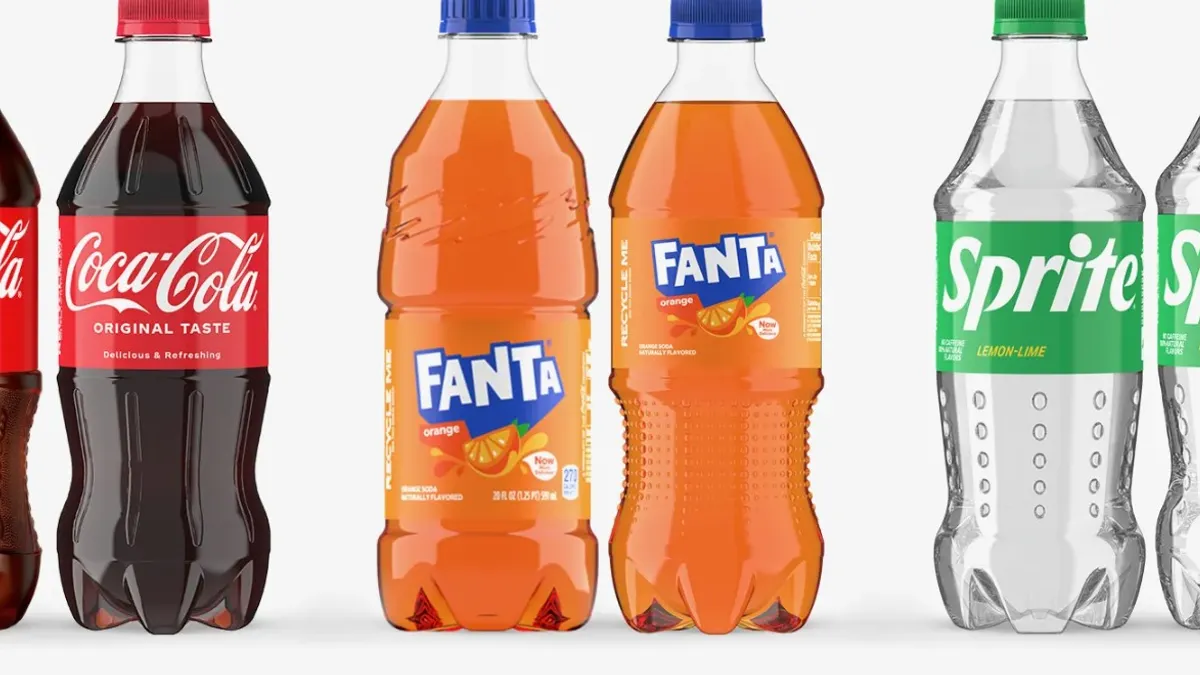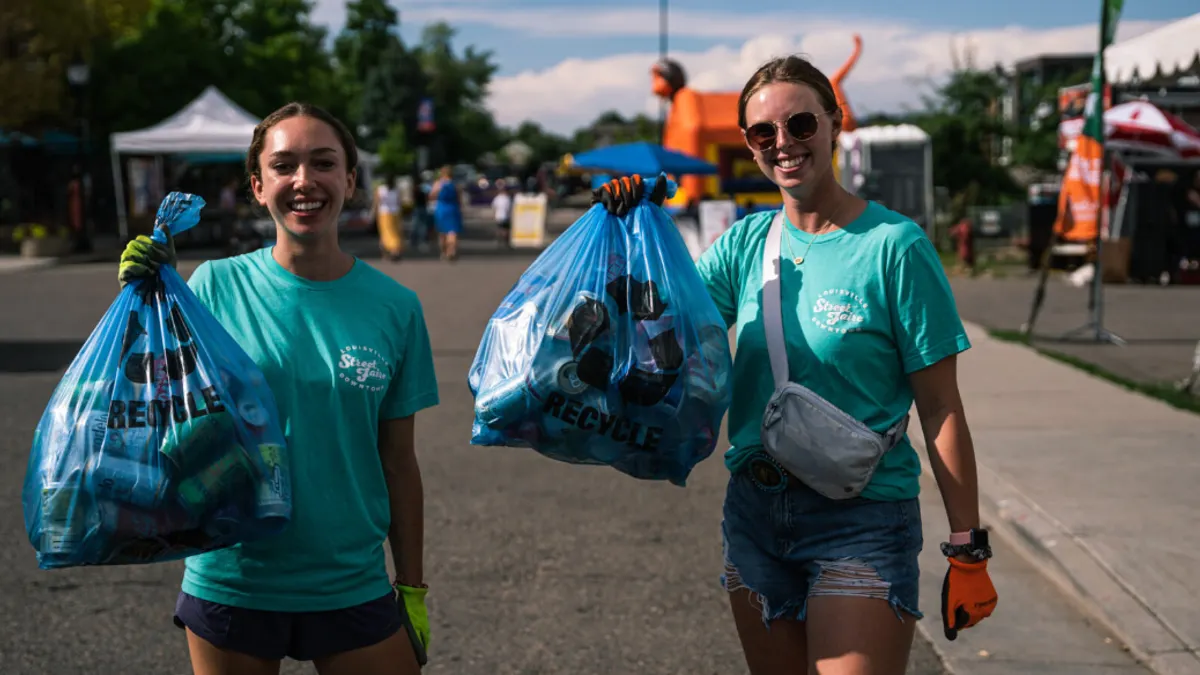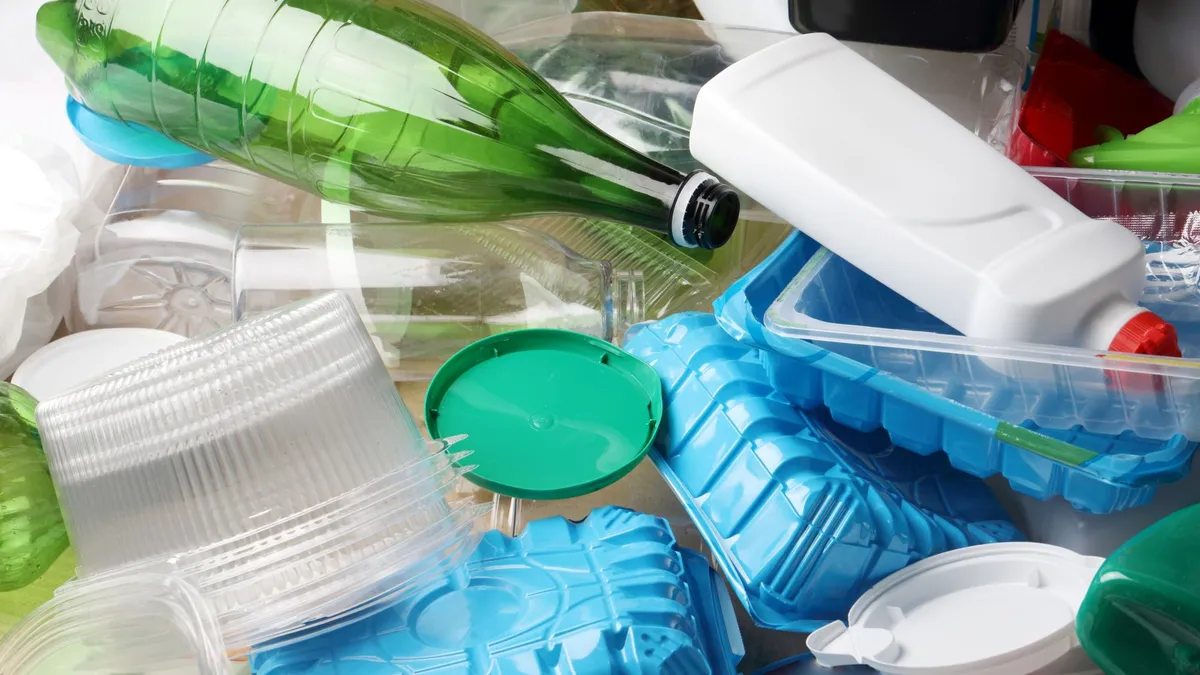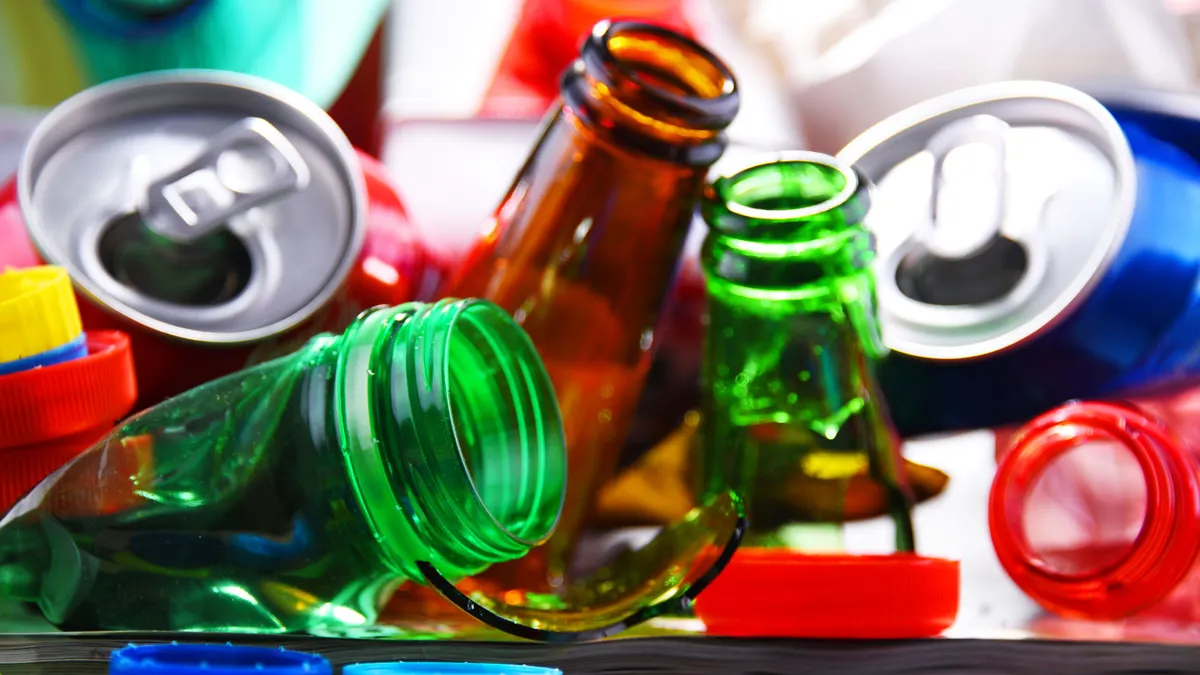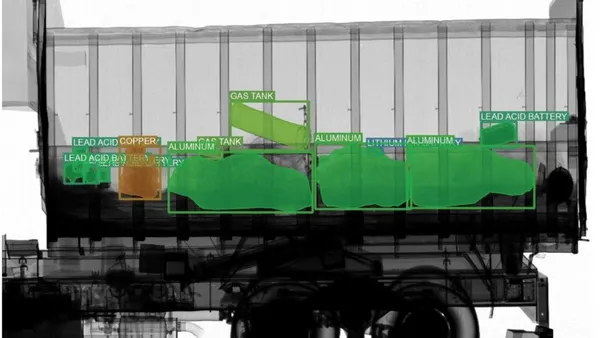Compared to the heavy duty world of urban waste collection in New York, the reuse sector can seem quite esoteric. Now, the city is looking to make it a mainstream operation.
Because reusable items are generated more sporadically than the steady streams of refuse, recyclables and organics, the systems to handle them can be less organized. Due to a lack of awareness or access, it’s often easier for many residents to just put their old couches and dusty guitars out on the curb.
According to the most recent Department of Sanitation (DSNY) waste characterization study, reusable materials may account for up to 10% of the city’s residential waste. Though the city has been supporting donation and reuse efforts for decades, that work was seen as more tangential until the 2015 establishment of a “zero waste” to landfill goal. Now, every pound of material counts and DSNY has refocused its efforts to become more engaged.
“We're putting more systematic emphasis on it and tying it closer to all the rest of our core programs. We really think that the reuse sector, both the nonprofit and the for-profit sector, are key to moving forward,” DSNY Commissioner Kathryn Garcia told Waste Dive. “I don't think you can leverage something that's based on examples rather than hard numbers and so we're really excited about where we're taking the reuse sector as part of our overall zero waste goal.”
Last year, the city consolidated multiple existing reuse platforms into a new DSNY arm called donateNYC. City College's Center for Material Reuse think tank, established in 2004 and funded by DSNY, also moved under the umbrella of the school’s Earth Engineering Center. Known for its forward-looking scientific work on energy conversion and other industry areas, the center was tasked with taking a quantitative look at the sector's true scope.
Its first round of research debuted this week in DSNY’s “2017 NYC Reuse Sector Report.” The report identified 2,257 entities engaged in donations, reuse, rental and repair across 3,654 locations. The researchers focused specifically on entities that were accessible to the public and handling material that would have otherwise ended up as residential waste.
Electronics were among the most commonly handled items, with clothing and furniture also comprising a sizable portion of the sector. The array of locations included consignment stores, libraries, bike share stations, repair shops, rental operations, social service organizations and other unique examples.
The city partners with dozens of the largest organizations in this space — including national names such as Goodwill, Salvation Army and Habitat for Humanity, as well as local organizations such as Housing Works and Big Reuse. Last year, donateNYC partners were responsible for diverting an estimated 45,000 tons of material from being wasted. These efforts continue to expand through swap meets, drop-off sites and a range of other offerings, though in many cases lots of good material is still being missed.
Many of these groups are not-for-profit entities and contending with a random waste stream on a New York scale can be tricky.
"It’s recognized that most of the groups that are in it are in it for a social purpose and as long as they break even and can continue their operations that’s good enough for them," said Marco Castaldi, director of the Earth Engineering Center.
As Castaldi’s team encountered in their research, and DSNY is well aware, many of these entities struggle to keep up with the scale of material. Collecting scores of couches from around the city on moving day at the end of each month, let alone storing them, is a logistical nightmare. As shown by Goodwill’s recent decision to close five stores in the region, it can sometimes be equally tough to sell the material that is collected. In many cases the items in question may also need detailed repairs or pose a hazard if not handled properly.
Ideas
To spur conversation around these issues, donateNYC recently hosted its annual conference for key players in the city’s reuse sector. During a day-long event attendees heard about ongoing work in circular economy thinking, furniture design, bicycle maintenance, home renovation waste, appliance salvage, and paint and carpet recycling, among other areas.
Stark figures on the fact that 70% of all furniture ends up in landfills, joined by 3-4 billion pounds of carpet per year, drove home the cumulative effect of each person’s pile on the curb. Better design for dismantling and recycling was cited as one of the most promising directions for those types of items. For trickier substances such as paint, the potential for statewide extended producer responsibility legislation as seen elsewhere was raised as a useful tool.
Much emphasis was also placed on the potential for repairing more items to make them eligible for a new use. The DSNY study identified 1,300 businesses offering repair services in 1,500 locations around the city. Following the broader trend, electronics repair shops were found to be the most common.
The ongoing "right to repair" conversation around consumer electronics companies trying to stymie unofficial efforts didn’t come up, but it has not gone unnoticed by people in the sector. DSNY’s curbside electronics program is set to expand soon, though some of the material collected may prove more difficult to break down into component parts than it needs to be. Commissioner Garcia, for one, agreed that design challenges limited capture potential.
"You're specifically designing a product that’s not going to work very well in the municipal waste stream. Perhaps if you don't want anyone else to know how to fix it you should take it back and fix it," she said.
When items are designed with repair in mind, or at least not designed to block it, the possibilities are much broader. In one presentation, Pop-Up Repair co-founder Sandra Goldmark described how her group has successfully repaired nearly 2,000 items since launching in 2013. Working with her husband and a group of fellow theater professionals, Goldmark has brought new life to lamps, coffee makers, small furniture, clothing and plenty more.
Describing the beginnings of this repair interest as "analogous to the food movement," Goldmark predicted that more people would start prioritizing how their items were made and how long they lasted.
"It’s not environmentalism actually. It is an emotional attachment to their stuff," she said. "You create opportunities for growth that are not about take, make, dispose."
Next steps
As the 2030 "zero waste" goal creeps closer, DSNY plans to become even more engaged with the reuse sector and provide logistical expertise wherever possible. Aside from one-off examples such as Ikea partnering with Goodwill for limited furniture collections or Uber offering spring cleaning pick-ups, it’s still rare to see major involvement from the private sector.
A large number of products are still ending up as waste when upstream choices or minor repairs could have prevented that. The items that could have another life in someone else's home may be difficult to transport, particularly for the many New Yorkers that don't have cars, and never make it to a better use. The tight margins involved with transporting these diverse material in good conditions don't help. For some of the larger national waste companies the cost of a few box trucks on special assignment could be doable, and Garcia said it would be nice if the industry pitched in "out of the goodness of their hearts," but few examples of that exist at the moment.
Castaldi told Waste Dive that the Earth Engineering Center will be presenting more of its research at WasteCon in September and aims to begin publishing their reuse work in peer-reviewed journals. Looking ahead, Castaldi said he is interested in further exploring ways to link up the reuse sector with materials processing.
"The other side of it is to find outlets, find uses, find end processes for the materials that are collected for reuse and either haven’t seen the light of day in years or never will see the light of day," he said. "Because it’s gone through the reuse path it’s now fairly clean."
A cleaner feedstock can be created from whatever materials can't be salvaged for reuse and repair, opening up many new possibilities. The plastic components from a small appliance or office chair could be pulled off to feed a pyrolysis process or certain textiles could be composted with less fear of unacceptable residuals in the final product.
The concept of reuse — and all the circular design principles and emotional attachments it involves — may still seem somewhat foreign to the industry. Though New York’s growing interest shows it also won’t be going away any time soon.








